- Joined
- Mar 1, 2010
- Messages
- 865
- Reaction score
- 82
Cris
On the subject of blowers I can run without one up to about 5psi of gas, once the gas feed pressure is increased above this the smell of unburnt gas can be obvious. Adding the blower aids the combustion and higher gas pressures can be used. When I'm running at 30 psi of gas pressure I must get the loco blower on before the regulator is closed otherwise there will pop as the burner goes out. Normal running sequence for coming to a stop is blower on, regulator shut off. If stopping for an extended period I turn the gas down to 5psi and shut the blower off.
On a restart, blower on, gas to 20psi, recover pressure, normal starting procedure with drain cocks etc. Once I'm running blower off, and gas to 30psi. As I've said before it will loose boiler pressure if running at only 20psi gas pressure.
By being patient the loco can be started without an external blower; 5psi of gas to get up to 12-15 psi boiler pressure open the loco blower gently and then gas pressure can be increased as boiler pressure increases and the blower goes harder.
By the way, adding the secondary air tubes to the burner markedly improved it and flame outs now rarely occur if I follow the procedure above. The original ceramic burner was hard to keep alight when pushing a lot of gas through it.
With your calculation showing a burn of 73g/hr and the Little LEC results indicating say a typical efficiency of 0.4% am I correct in saying that would indicate the loco would really require 18.250Kg of gas to run for an hour? Which I know would be excessive I've just about managed two weekends with a 3Kg bottle when I went for a refill it had 750gm remaining. I now have a cycle trip meter on my new driving trolley, last weekend I did a total of 3.6km, with 53min of run time (in motion) and an average speed 4.0 km/hr. There was also a considerable amount of standing around time with the burner going.
Like you I need some scales so In can properly measure bottle use.
You may find this useful http://webspace.webring.com/people/ib/budb3/parts/ste.html there are many web pages with this formula, this is the first one I found. I was reading the same in a 1929 copy of Greenley's book just the other week.
Pete
On the subject of blowers I can run without one up to about 5psi of gas, once the gas feed pressure is increased above this the smell of unburnt gas can be obvious. Adding the blower aids the combustion and higher gas pressures can be used. When I'm running at 30 psi of gas pressure I must get the loco blower on before the regulator is closed otherwise there will pop as the burner goes out. Normal running sequence for coming to a stop is blower on, regulator shut off. If stopping for an extended period I turn the gas down to 5psi and shut the blower off.
On a restart, blower on, gas to 20psi, recover pressure, normal starting procedure with drain cocks etc. Once I'm running blower off, and gas to 30psi. As I've said before it will loose boiler pressure if running at only 20psi gas pressure.
By being patient the loco can be started without an external blower; 5psi of gas to get up to 12-15 psi boiler pressure open the loco blower gently and then gas pressure can be increased as boiler pressure increases and the blower goes harder.
By the way, adding the secondary air tubes to the burner markedly improved it and flame outs now rarely occur if I follow the procedure above. The original ceramic burner was hard to keep alight when pushing a lot of gas through it.
With your calculation showing a burn of 73g/hr and the Little LEC results indicating say a typical efficiency of 0.4% am I correct in saying that would indicate the loco would really require 18.250Kg of gas to run for an hour? Which I know would be excessive I've just about managed two weekends with a 3Kg bottle when I went for a refill it had 750gm remaining. I now have a cycle trip meter on my new driving trolley, last weekend I did a total of 3.6km, with 53min of run time (in motion) and an average speed 4.0 km/hr. There was also a considerable amount of standing around time with the burner going.
Like you I need some scales so In can properly measure bottle use.
You may find this useful http://webspace.webring.com/people/ib/budb3/parts/ste.html there are many web pages with this formula, this is the first one I found. I was reading the same in a 1929 copy of Greenley's book just the other week.
Pete






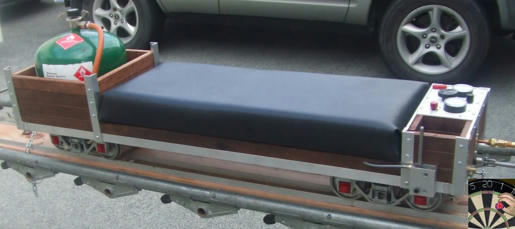
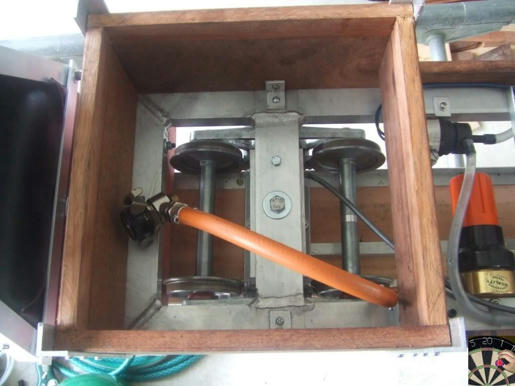
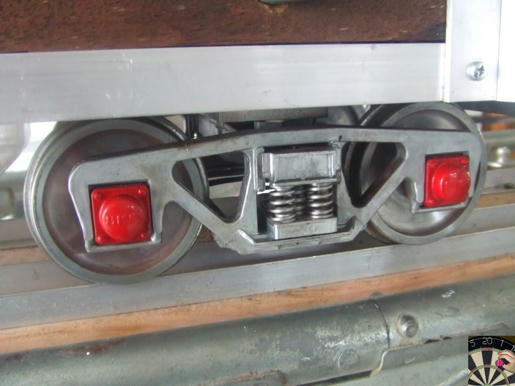
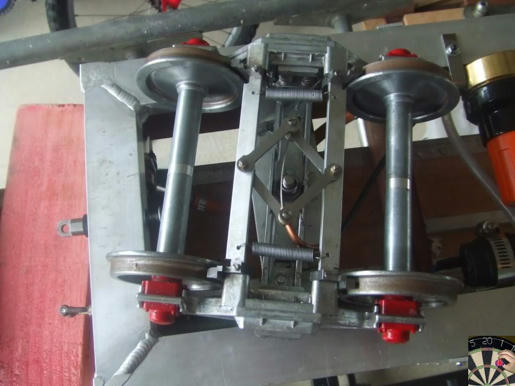
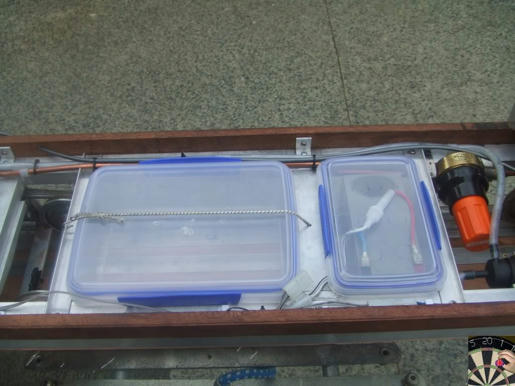













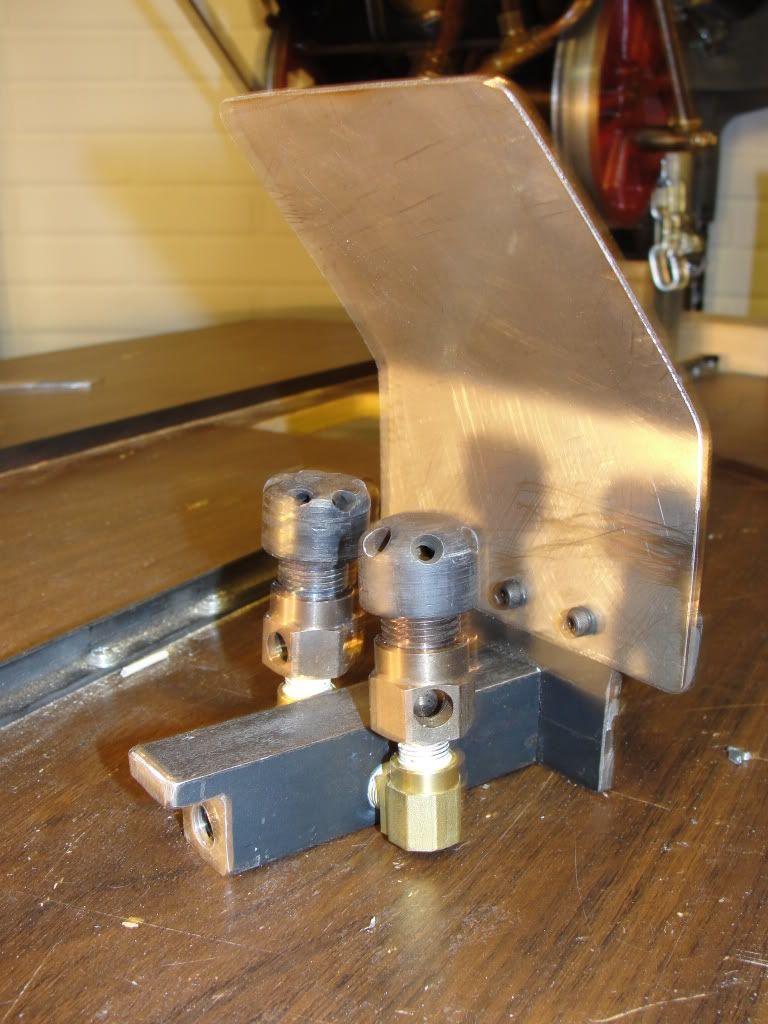
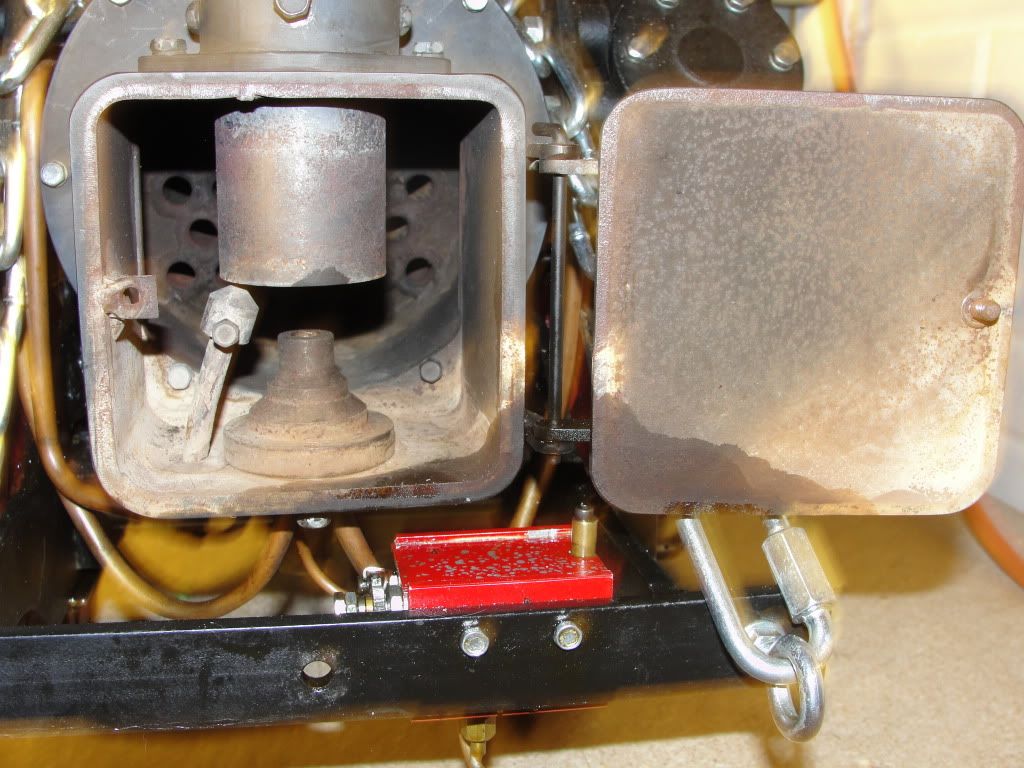
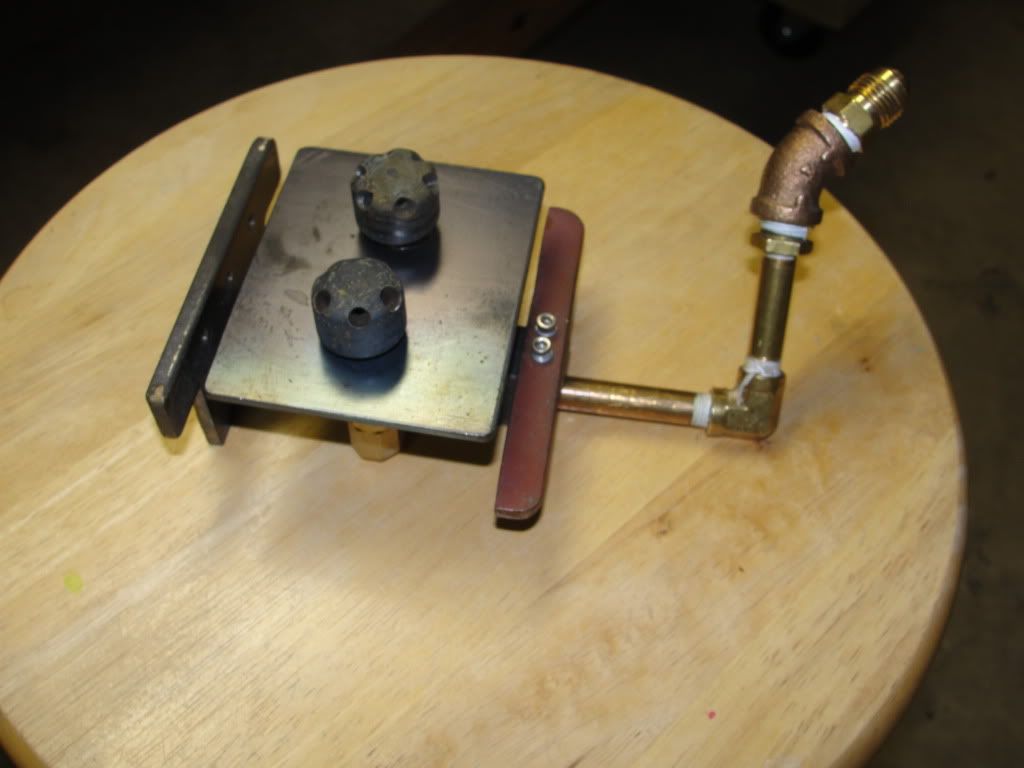
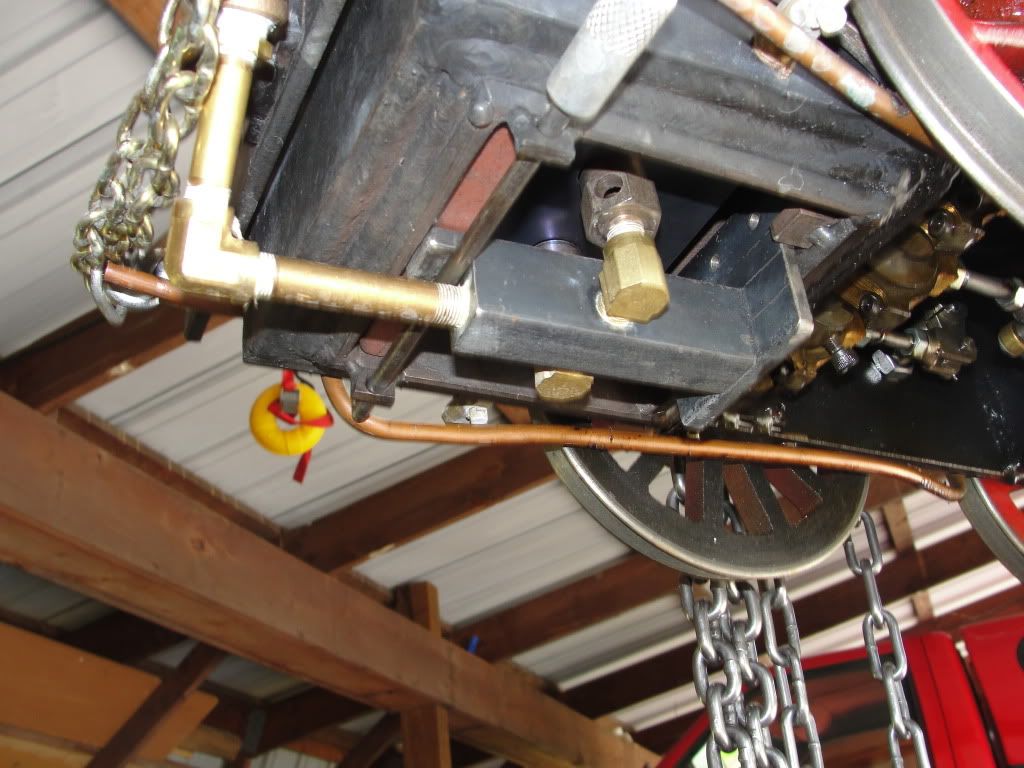
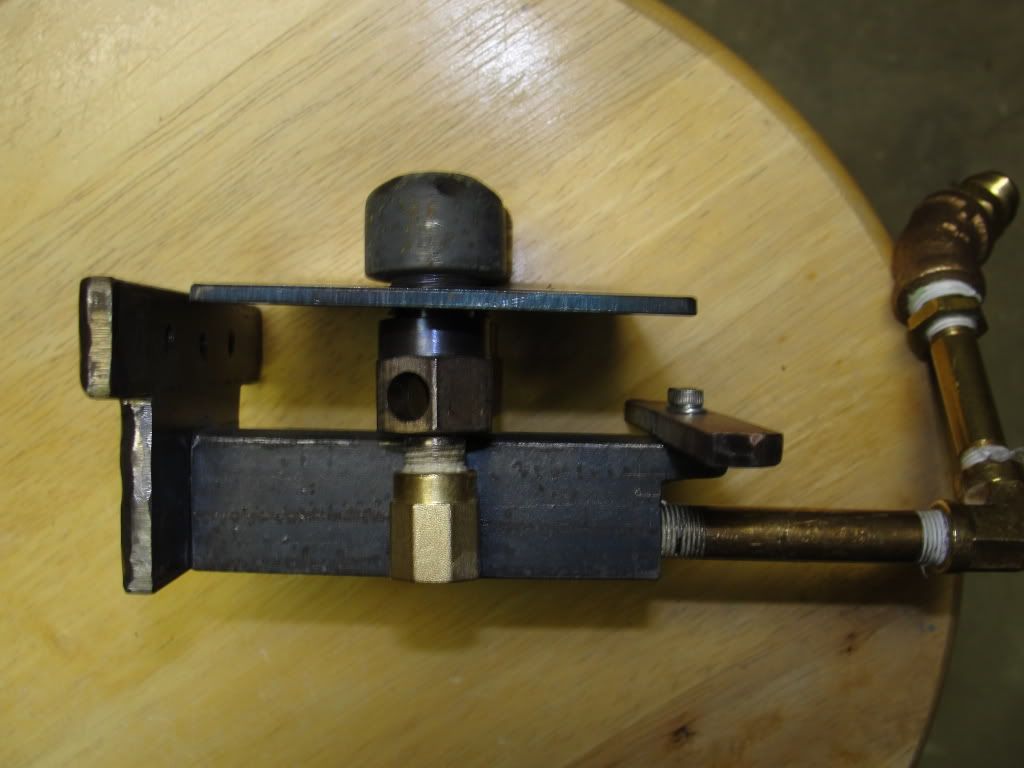
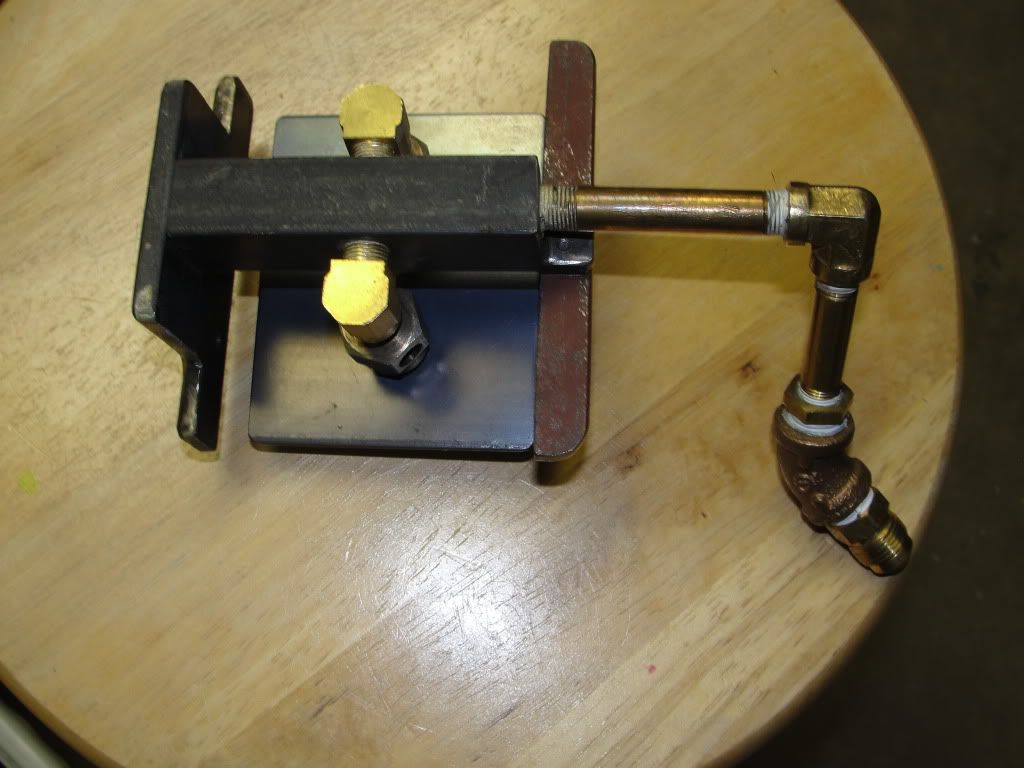
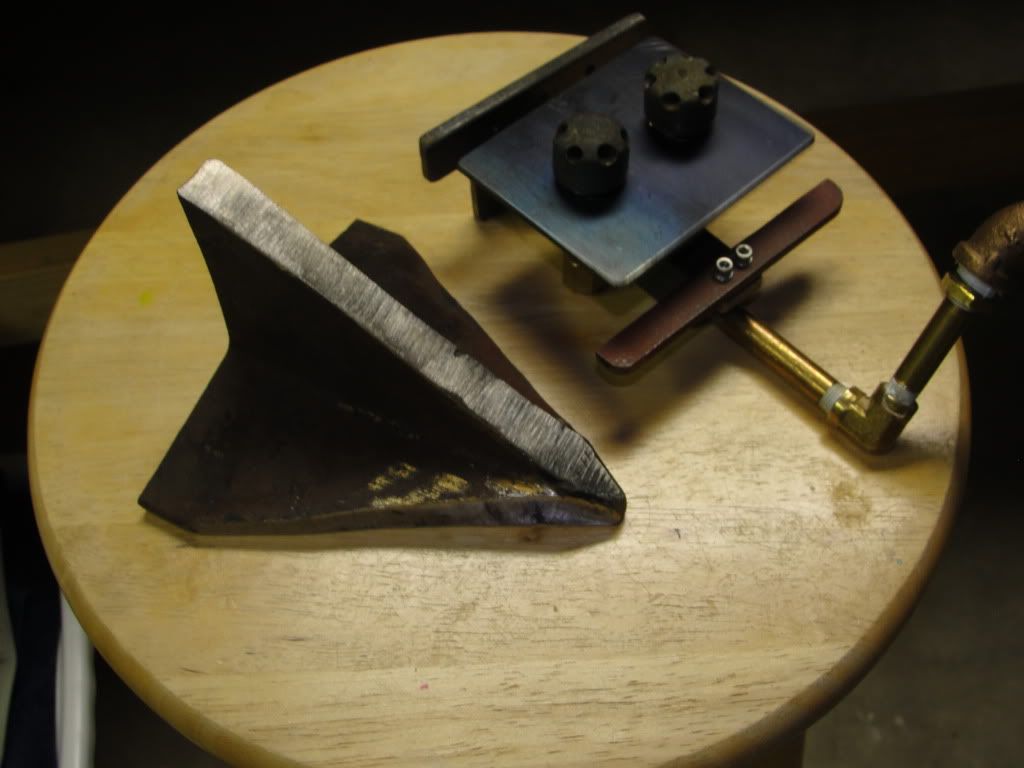
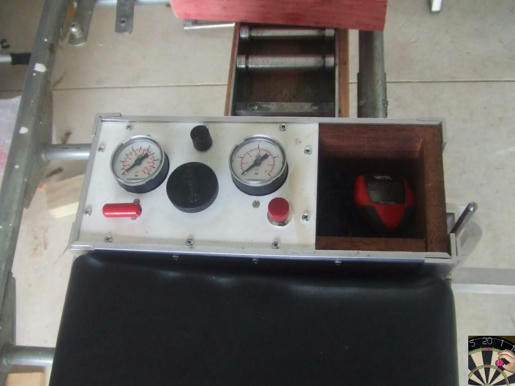
![22-Pcs-Nozzle-MK8-Extruder-Head-3D-Printer-for-creality-CR-10-CR10-Machine-Heads-1.jpg_Q90[1].jpg 22-Pcs-Nozzle-MK8-Extruder-Head-3D-Printer-for-creality-CR-10-CR10-Machine-Heads-1.jpg_Q90[1].jpg](https://cdn.imagearchive.com/homemodelenginemachinist/data/attach/74/74222-22-Pcs-Nozzle-MK8-Extruder-Head-3D-Printer-for-creality-CR-10-CR10-Machine-Heads-1.jpg-Q90-1-.jpg)